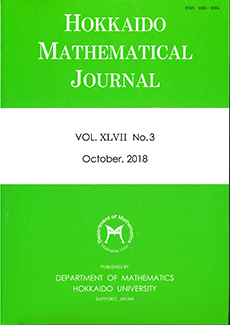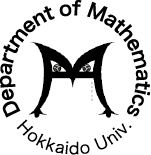Abstract
It is well known that, at each point of a 4-dimensional Einstein Riemannian manifold (M,g), the tangent space admits at least one so-called Singer-Thorpe basis with respect to the curvature tensor R at p. K. Sekigawa put the question "how many" Singer-Thorpe bases exist for a fixed curvature tensor R. Here we work only with algebraic structures ($\mathbb{V}$, ⟨,⟩, R), where ⟨,⟩ is a positive scalar product and R is an algebraic curvature tensor (in the sense of P. Gilkey) which satisfies the Einstein property. We give a partial answer to the Sekigawa problem and we state a reasonable conjecture for the general case. Moreover, we solve completely a modified problem: how many there are orthonormal bases which are Singer-Thorpe bases simultaneously for a natural 5-dimensional family of Einstein curvature tensors R. The answer is given by what we call "the universal Singer-Thorpe group" and we show that it is a finite group with 2304 elements.
Citation
Zdeněk DUŠEK. Oldřich KOWALSKI. "Transformations between Singer-Thorpe bases in 4-dimensional Einstein manifolds." Hokkaido Math. J. 44 (3) 441 - 458, October 2015. https://doi.org/10.14492/hokmj/1470053374
Information





